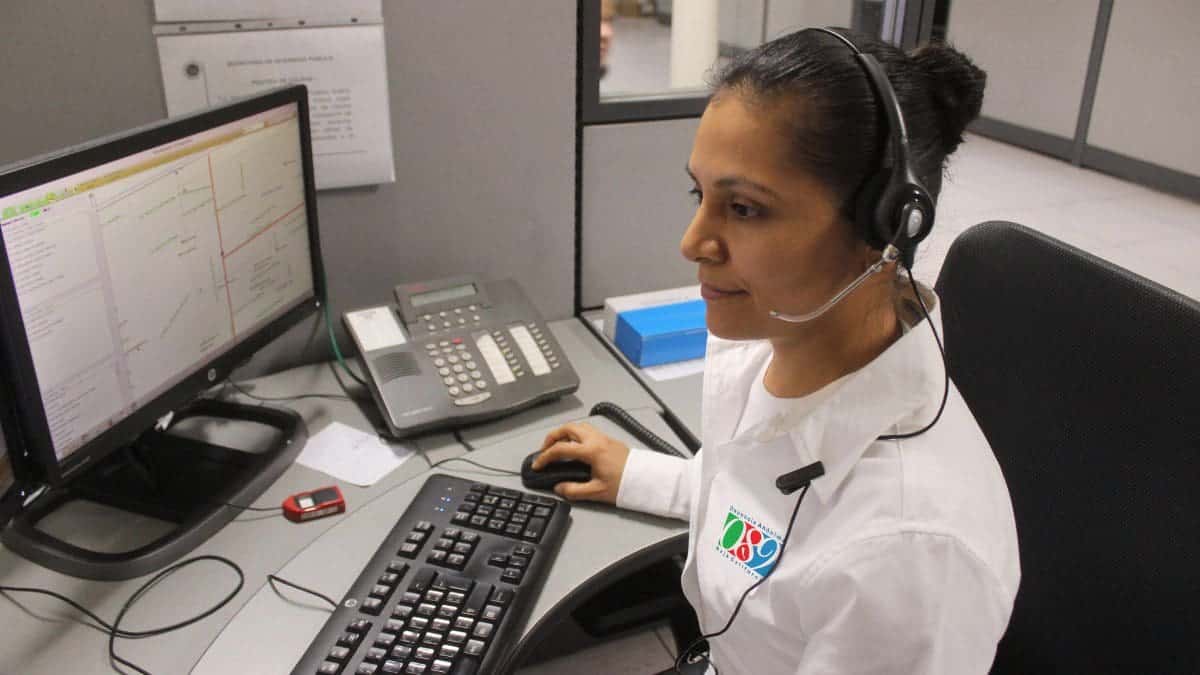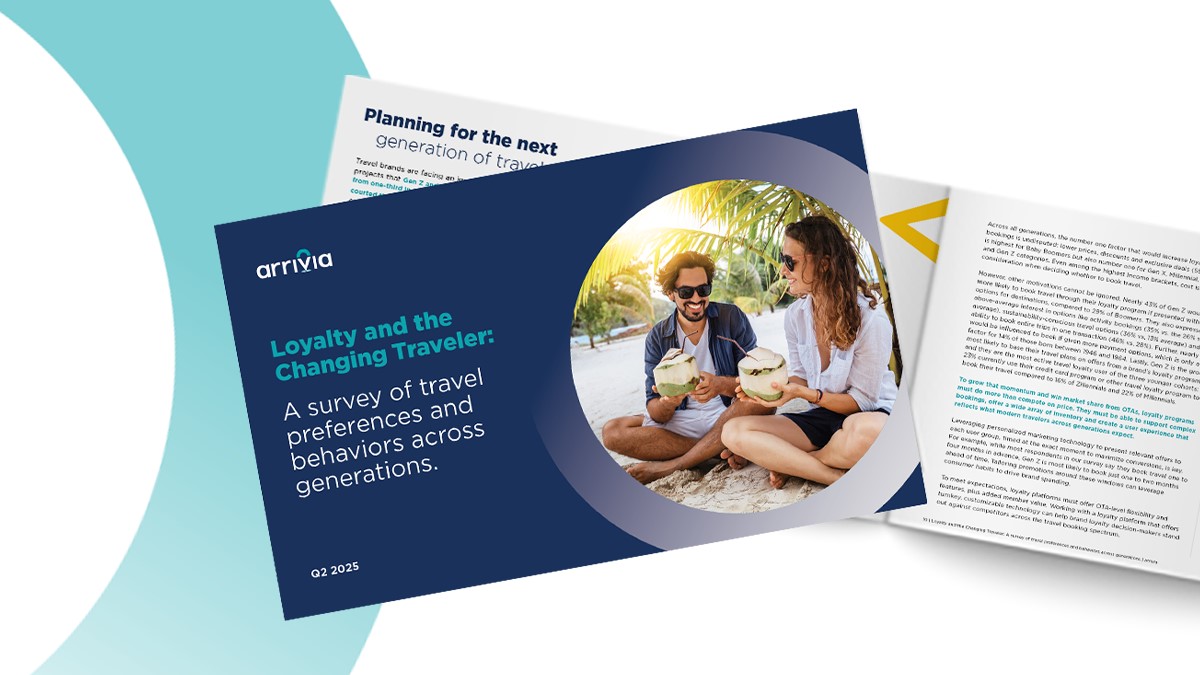Arguably the first vertical permeated by the era of digital transformation, customer service has evolved significantly over the past decade. Self-service technology is now a cornerstone of satisfactory customer service, with chatbots, virtual assistants, and artificial intelligence (AI) playing a crucial role in enhancing customer experiences and improving operational efficiencies.
At a time when just one poor customer service experience drives a consumer to defect to a rival, embracing self-service technology is integral to maintaining a competitive edge. Take a look at the current role of virtual assistants and chatbots in customer service and how self-service technology and advanced automation complement human agents and cater to consumer needs.
The Rise of Chatbots in Customer Service
Consumers contact customer service only three times per year, yet even these infrequent interactions have caused 99% of consumers to report frustrations with customer service agents. Top frustrations include waiting on hold (63%), repeating information (51%), and not resolving issues quickly (37%). As such, chatbots have risen as the top channel for issue resolution.
Definition and Functionality of Chatbots
Chatbots are AI-powered software applications designed to simulate human conversions through text or voice interactions. Chatbots are preloaded with knowledge databases specific to the entities deploying them, including a collection of pre-programmed scripts and machine learning algorithms. When asked questions, an AI-powered chatbot replies based on its knowledge bank.
So, how are chatbots used in customer service? Chatbots interpret and process user requests, providing instant responses to customers’ questions and performing actions on users’ behalf. Consumers prefer the speed and efficiency of AI customer service chatbots, with 68% claiming that a chatbot could answer their questions more quickly than a human agent could.
Advantages of Using Chatbots in Customer Service
The primary reason why chatbots are so popular is that they help provide exceptional customer service experiences that earn brand loyalty, all while limiting the workload on human agents and alleviating long response times for consumers. If you’ve wondered, ‘What are the benefits of a chatbot for customer service,’ consider these five advantages of AI-powered chatbots:
- Enhance the Customer Experience. Chatbots help reduce expected wait time (EWT) and improve overall customer satisfaction by providing instant responses to customer queries.
- Access 24/7 Support and Scalability. Chatbots are available around the clock, ensuring continuous customer support, even during peak times or outside of regular business hours.
- Improve Average Handling Time (AHT): By automating routine inquiries, chatbots free up human agents to handle more complex issues, improving operational efficiency and AHT.
- Enable Personalization and Customization. Chatbots can be programmed to provide personalized responses based on the user’s past interactions and preferences.
- Reduce Costs and Increase ROI. By deploying chatbots in customer service, organizations reduce operational costs and increase their return on investment (ROI).
Virtual Assistants: Enhancing Customer Service with Advanced Automation
The self-service technology suite is not constrained to chatbots. Virtual assistants are the latest iteration of AI-powered customer support to leverage advanced automation to execute consumer queries better. Being that 42% of customers expect a seamless customer service experience across all channels, virtual assistants have helped bridge any unwanted service gaps.
Definition and Functionality of Virtual Assistants
Virtual assistants are more advanced AI-driven software applications that utilize natural language processing (NLP) capabilities and machine learning to respond to voice commands and perform tasks on behalf of a user. Virtual assistants can manage consumer’s schedules, set reminders, send messages, provide information, and even control smart devices, among other tasks.
The Role of Virtual Assistants in Customer Service
More than 60% of consumers expect organizations to anticipate their individual service needs, whereas another 71% prefer real-time service. Likewise, more than half of consumers say that personalized service based on past interactions is very important to maintaining their business. Enter virtual assistants in customer service, which play four major roles for consumers:
- Provide Round-the-Clock Customer Support. Like chatbots, virtual assistants are available 24/7, ensuring continuous, reliable, real-time support for customers.
- Accelerate Average Speed of Answer (ASA). Virtual assistants can manage multiple tasks simultaneously, reducing wait times for consumers and cutting back on ASA rates.
- Improve General Operational Efficiency. By handling routine inquiries, virtual assistants reduce human agents’ workload and boost customer support teams’ efficiency.
- Power Omnichannel Service Experiences. Virtual assistants can be deployed across the customer service landscape, creating an omnichannel user experience for customers.
Complementing Chatbots and Assistants with Human Interaction
Despite their advantages, chatbots and virtual assistants will not replace human agents any time soon. While nearly 70% of consumers attempt to resolve their issues with self-service technology first, three-fourths of consumers ultimately choose to contact human agents. Human interaction is still necessary for building trust, displaying empathy, and handling complex queries.
Building Trust and Emotional Connection
Virtual assistants and chatbots in customer service use NLP capabilities to adapt their responses based on a user’s tone and harness a rich AI-powered database of past interactions to help build trust and emotional connections. However, while self-service tools can be programmed to recognize and respond to emotions, displaying genuine empathy still requires a human touch.
Think of it this way: 76% of consumers expect companies to understand their needs and expectations, which AI-powered customer service tools can achieve. Meanwhile, another 84% of consumers say being treated like a person, not a robot, is very important for a brand to win their business. If you deploy chatbots, you must enrich them with real human interaction.
Handling Complex Queries and Escalations
Surprisingly, more consumers would prefer to contact customer service agents by phone than they would all digital service channels—including the virtual assistants and chatbots in customer service—combined. Though self-service technology has helped improve the user experience for simple interactions, there are still issues that cannot be solved without human agents.
Now more than ever, consumers are seeking an authentic customer service approach to solving more complicated queries. While chatbots and virtual assistants can handle routine inquiries, such as a change in shipping address or an update in contact preferences, complex queries and escalations still require human intervention to ensure accurate and empathetic responses.
Best Practices for Implementing Customer Service Chatbots and Virtual Assistants
If self-service technology is best complemented by human agents, how do customer service professionals use chatbots today? The answer is in conjunction with customer support teams that understand consumer needs and unite user data with actionable service strategies. If you choose to deploy chatbots in customer service, be sure to implement the following best practices.
Understanding Customer Needs and Expectations
An incredible 95% of consumers claim customer service experiences impact their brand loyalty, citing professional agents (29%), self-service online (22%), and access to digital customer service on a channel of choice (21%) as key factors that drive long-term retention. Before implementing chatbots and virtual assistants, it is crucial to understand your customers’ needs and expectations.
Being that organizations manage three times the amount of customer data today than five years ago, there’s a wealth of consumer insights to explore. Before deploying self-service channels, conduct customer surveys, monitor user interactions with existing customer service channels to identify the most common queries, and craft your chatbot’s responses and actions accordingly.
Designing User-Friendly Interfaces and Conversational Flows
While most organizations have a call script for customer service interactions, the majority of human agents disapprove of them. In fact, approximately 64% of customer service agents—or two out of three—want to change their current script, including updates to the naturalness and tone. As you deploy chatbots and virtual assistants, pay close attention to the conversational flow.
Both the conversational flow and user interface should be intuitive and user-friendly to ensure a seamless customer experience. This includes using natural language, providing clear and concise responses, and offering easy navigation options. It’s also vital to design self-service tools with a personality and tone that align with the brand’s identity and the customer’s expectations.
Continuous Improvement and Learning
Self-service chatbots and virtual assistants should be continuously updated and improved based on customer feedback and performance metrics. Updates must include regularly training the chatbot with new data to improve its accuracy and functionality. It’s also essential to implement a feedback mechanism for users to rate the responses and provide suggestions for improvement.
Regularly monitoring and analyzing performance metrics, including response time, accuracy, and customer satisfaction, is mandatory to ensure the ongoing effectiveness of chatbots and virtual assistants. It is also important to monitor the rate of escalation to human agents, along with the reasons for escalation, to identify areas for improvement in your self-service network.

The Future of Virtual Assistants and Chatbots in Customer Service
It’s not just the era of digital transformation that’s powering the adoption of virtual assistants and chatbots in customer service—it’s the impacts of the COVID-19 crisis. More than 60% of consumers in today’s post-COVID world have higher customer service standards than pre-pandemic. In this new service landscape, the future of virtual assistants and chatbots will continue to evolve.
Harnessing Automation to Power Personalized Experiences
A whopping 76% of consumers anticipate a personalized experience when contacting customer service departments, which includes knowledge of their account type and status, order status and history, and preferred contact method. As such, it’s no surprise that as technology continuously advances, chatbots and virtual assistants will become more personalized and automated.
Anticipate that chatbots and virtual assistants will leverage advanced machine learning algorithms and NLP techniques better to understand the context and nuances of customer queries and provide more relevant and personalized responses to individual customers. These personalized customer service interactions can lead to a 33% increase in consumer loyalty and engagement.
Enhancing Customer Satisfaction and Streamlining Operations
Perhaps the most advantageous aspect of artificial intelligence-powered technologies is that they will only continue to become ‘smarter’ as time goes on. By continuously improving their accuracy, functionality, and user-friendliness, chatbots and virtual assistants will play a crucial role in enhancing customer satisfaction and streamlining business operations in the future.
Anticipated areas of improvement include reducing expected wait times (EWT), improving average handling time (AHT), handling a higher volume of queries, and providing more accurate and personalized responses. Once combined with the ubiquitous nature of self-service technologies, chatbots, and virtual assistants will ultimately lead to higher customer satisfaction.
Elevating Customer Loyalty with Arrivia
Elevating user experiences through the use of virtual assistants and chatbots in customer service is not only essential in today’s fast-paced business environment, but it is also intrinsically linked to enhancing customer loyalty. When seeking self-service solutions to amplify customer loyalty in your organizations, look no further than arrivia’s white label travel portal and loyalty rewards.
Arrivia is at the forefront of redefining loyalty by creating unforgettable experiences for your customers. Our premier travel rewards platform is designed with the same underlying principle: fostering loyalty and creating memorable experiences.
Request a demo today to discover how we take a collaborative approach to revolutionizing your customer service and loyalty programs!



